 There is nothing better than enjoying a cup of hot tea on a cold winter day. Okay… so there is nothing better than enjoying a hot cup of tea on any day, especially when it is cold. Tea is even better when you get a chance to share it with someone. Today, that someone was Ann Weimer Baumgardner, author of Pretend You’re Normal (but only when absolutely necessary).
There is nothing better than enjoying a cup of hot tea on a cold winter day. Okay… so there is nothing better than enjoying a hot cup of tea on any day, especially when it is cold. Tea is even better when you get a chance to share it with someone. Today, that someone was Ann Weimer Baumgardner, author of Pretend You’re Normal (but only when absolutely necessary).

Ann and I drank a pot of Huang Jin Bolero (the subject of this tea review), while munching on a plate of tasty Lemon Straws. Between drinking, eating, and laughing Ann shared many insights with meabout her life and début novel. Pretend You’re Normal was one of seven Finalists in the humor category of the 2007 National Indie Excellence Book Awards. You can purchase a copy at Amazon.com or Barnes and Nobel.
Now onto the tea review…
Composition: Oolong tea from Anxi, China. Anxi is a county in the municipal region of Quanzhou, Fujian Province. It lies adjacent to and directly north of Xiamen. Huang Jin Gui means “Golden Flower.”.
Dry Visual: Rich light and dark green loosely rolled or “balled” leaves. Reddish brown stems present.
Dry Aroma: Sweet, nutty and fresh like spring rain.
Flavor: Huang Jin Bolero has a variety of flavors. A greener oolong, this tea begins with a roasted nutty flavor and finishes with a slight honey taste. A lover of oolongs, Huang Jin Bolero was milder than expected, but enjoyable nonetheless. After three cups, the flavor was consistent from one cup to the next. There is a subtle vegetal aftertaste, sometimes characteristic with greener oolongs. Additionally, I found the brew leaves a dry feel in the mouth. However, Huang Ji Bolero requires no sweetener, nor would I recommend it.
Liquor: A rich yellow hue. The cup is clear.
Brewing Time: According to the directions, the recommended steeping time is 5 minutes in 212 degree water. I steeped 5 minutes for the first infusion and 6 minutes for the second infusion.
Manufacturer: Adagio Teas
Caffeine: Yes.
If you have had the opportunity to enjoy a cup of Huang Jin Bolero, please stop by and share your experience. Until then… Happy Tea Drinking!
**Tea was provided by Adagio as a sample.
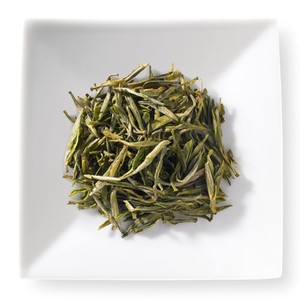
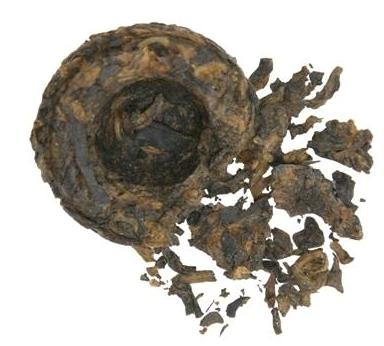

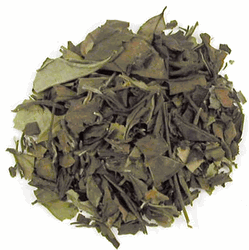
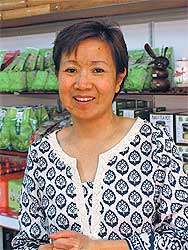
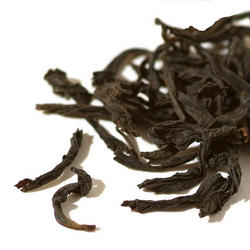
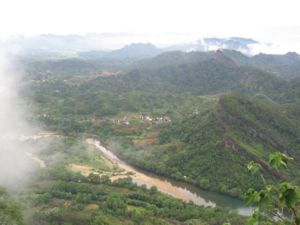
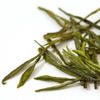





 India, Japan, China, and South Africa – Darjeeling, Genmaicha, White Rose, and Rooibis respectively. Eagerly, I anticipate my first cup of tea as I feel that each one was hand-picked especially for me.
India, Japan, China, and South Africa – Darjeeling, Genmaicha, White Rose, and Rooibis respectively. Eagerly, I anticipate my first cup of tea as I feel that each one was hand-picked especially for me.












